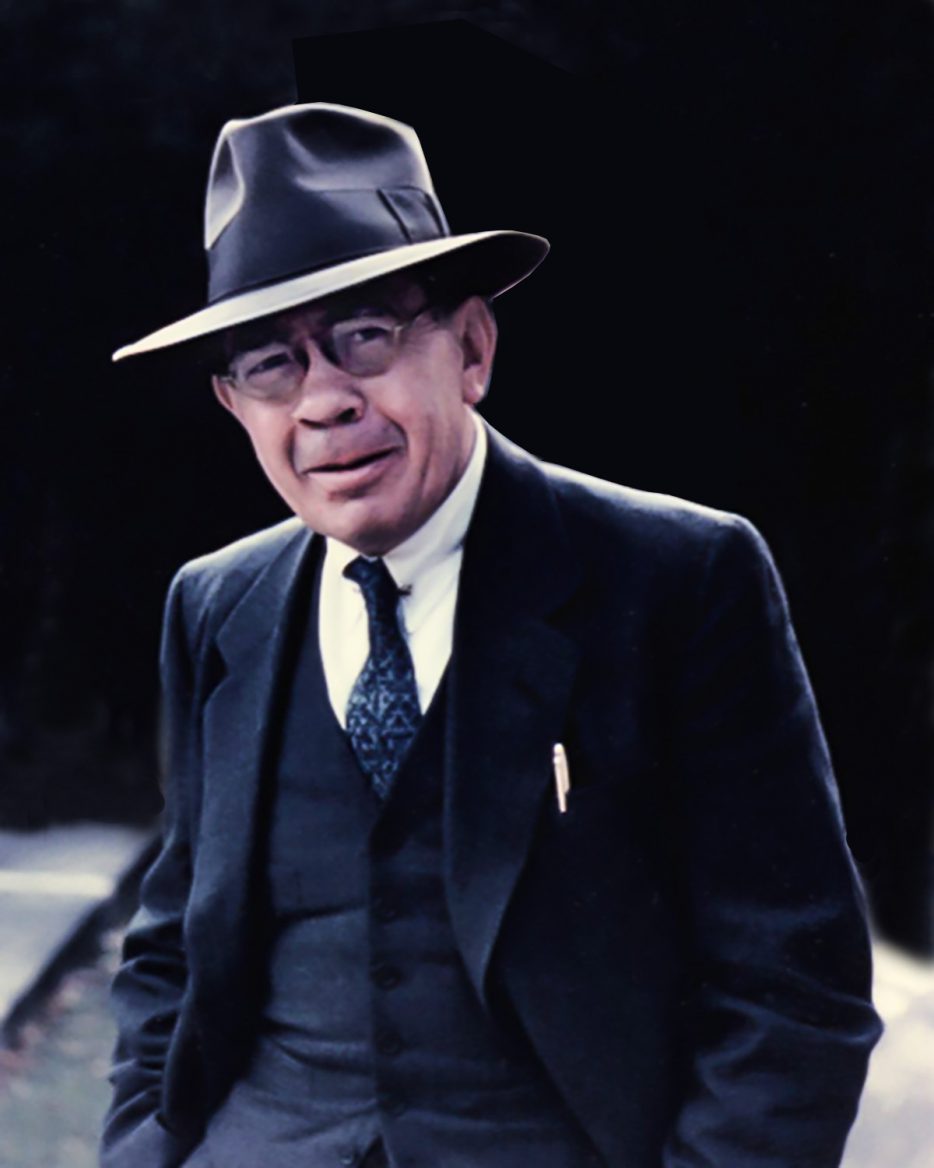Becky Bartholomew History Blazer, September 1996 Utah’s five Paiute bands, totaling fewer than 500 members, were among those whose economic position improved slowly but noticeably during the 1930s. “For many Indians the depression years were a relatively good period,” according to Professor Ronald L. Holt of Weber State University. Until the Great Depression government Indian policy was based on allotments. …
Paiute Indians
Ronald L. Holt Utah History Encyclopedia, 1994 The Southern Paiutes of Utah live in the southwestern corner of the state where the Great Basin and the Colorado Plateau meet. The Southern Paiute language is one of the northern Numic branches of the large Uto-Aztecan language family. Most scholars agree that the Paiutes entered Utah about A.D. 1100-12. Historically, the largest …
Contemporary Ute Government Reflects Old Ways
Becky Bartholomew History Blazer, May 1996 Before Spaniards Introduced Horses to the American West, the Ute Indians lived and traveled seasonally throughout Utah and western Colorado. The Ute community unit was the large, extended family. Depending on available resources, this unit might consist of three generations or more, including grandparents, parents, children, aunts, uncles, and cousins. Community activities were seasonal …
Ute Severalty: Reform vs. Reality
Stanford J. Layton History Blazer, July 1995 Utah’s territorial delegate to Congress, Joseph L. Rawlins, made an unannounced trip back to Salt Lake City on February 27, 1894. Newspaper reporters, hearing he was in town, tracked him down the next day and, note pads in hand, queried him on the status of statehood. Saying he did not know exactly why …
The Ute Trek to South Dakota in 1906 Ended in Disappointment
Jeffrey D. Nichols History Blazer, June 1995 The May 26, 1906, Vernal Express spread the alarm: “Many of the residents of Uintah county may not be aware of the fact, but it is nevertheless true, that Indian trouble of gigantic proportion is brewing . . . .” A band of White River Utes from the Uintah and Ouray Reservation, numbering …
Ute Indians
David Rich Lewis Utah History Encyclopedia, 1994 Ute Indians (who call themselves Nuciu, “The People”) are Southern Numic speakers of the Numic (Shoshonean) language family. At the time of Euro-American contact, twelve informally affiliated Ute bands inhabited most of Utah and western Colorado. They included the Cumumba (probably a Shoshone band), the Tumpanuwac, Uinta-at, San Pitch, Pahvant, and Sheberetch in …
Utah’s First People: The Utes, Paiutes, and Goshutes
Peoples of Utah Floyd A. O’Neil The Utes ….. teach ’em to speak Ute. And don’t let them ever forget how we’re supposed to live, who we are, where we came from.”–Connor Chapoose Confined on reservations, no longer free to range over the mountains and deserts of their lands in the incessant quest for food, the hard-pressed Utes never completely …
Goshute Indians
Dennis R. Defa Utah History Encyclopedia, 1994 The Goshute Indians are part of the larger Shoshonean-speaking Native American groups that live in the Intermountain West. Although no one knows how long the Goshutes had occupied the area where they lived when first contacted by Europeans, a date of 1,000 years ago is most probable as the time when Shoshonean speakers …
The Peoples of Utah, The Utes, Southern Paiutes, and Gosiutes
The Peoples of Utah, ed. by Helen Z. Papanikolas, © 1976 “The Utes, Southern Paiutes, and Goshiutes,” pp. 27–59″ by Floyd A. O’Neil “….. teach ’em to speak Ute. And don’t let them ever forget how we’re supposed to live, who we are, where we came from.”…Connor Chapoose Confined on reservations, no longer free to range over the mountains and deserts …
Meet Bernard Augustine DeVoto: The Most Famous Ogdenite You’ve Probably Never Heard Of
By Scott L. Greenwell “The chief glory of every people arises from its authors”[*] ~Samuel Johnson Ask anyone in Ogden about Bernard DeVoto and chances are you’ll meet with a polite shrug and a blank stare. Hardly anyone seems to know who DeVoto is or was. How could his hometown have forgotten the one whom Wallace Stegner considered “Utah’s …

